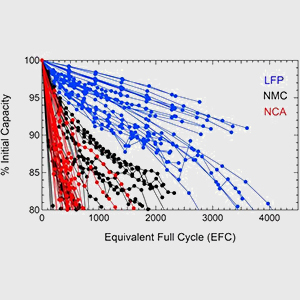Test drove a M3 today and fell in love. I’m completely new to EVs and Teslas in general so want to figure somethings out before I make the purchase.
1. Is it worth stepping up to the long range for the extra miles? I did some research and it looks like all M3 RWD cars come with LFP batteries that can be charged to 100% consistently vs the LR version that should only be charged to 80-90% for daily use? If this is the case the mileage difference would not be that big after all. Would this make the RWD have less longevity for the battery pack or is the lifespan similar to the LR batteries?
2. If I place the order today I will just have to put the $250 as a binder that goes towards the price of the car? How does a down payment and financing work with Tesla? Will I have the option to put money down and apply for financing the remainder a few days before I pick up the car?
3. Does Tesla come out with the next model year in November similar to other car manufacturers? I would assume if I ordered it now I will be ordering a 2022 M3 but the configuration I want has a delivery estimate of September - December of this year. Does that mean Tesla would build a 2023 model if it gets delivered in December?
4. How accurate are the delivery estimates? Do these most likely get delayed so I should expect the worst of it getting delivered in Q1’23?
1. Is it worth stepping up to the long range for the extra miles? I did some research and it looks like all M3 RWD cars come with LFP batteries that can be charged to 100% consistently vs the LR version that should only be charged to 80-90% for daily use? If this is the case the mileage difference would not be that big after all. Would this make the RWD have less longevity for the battery pack or is the lifespan similar to the LR batteries?
2. If I place the order today I will just have to put the $250 as a binder that goes towards the price of the car? How does a down payment and financing work with Tesla? Will I have the option to put money down and apply for financing the remainder a few days before I pick up the car?
3. Does Tesla come out with the next model year in November similar to other car manufacturers? I would assume if I ordered it now I will be ordering a 2022 M3 but the configuration I want has a delivery estimate of September - December of this year. Does that mean Tesla would build a 2023 model if it gets delivered in December?
4. How accurate are the delivery estimates? Do these most likely get delayed so I should expect the worst of it getting delivered in Q1’23?



